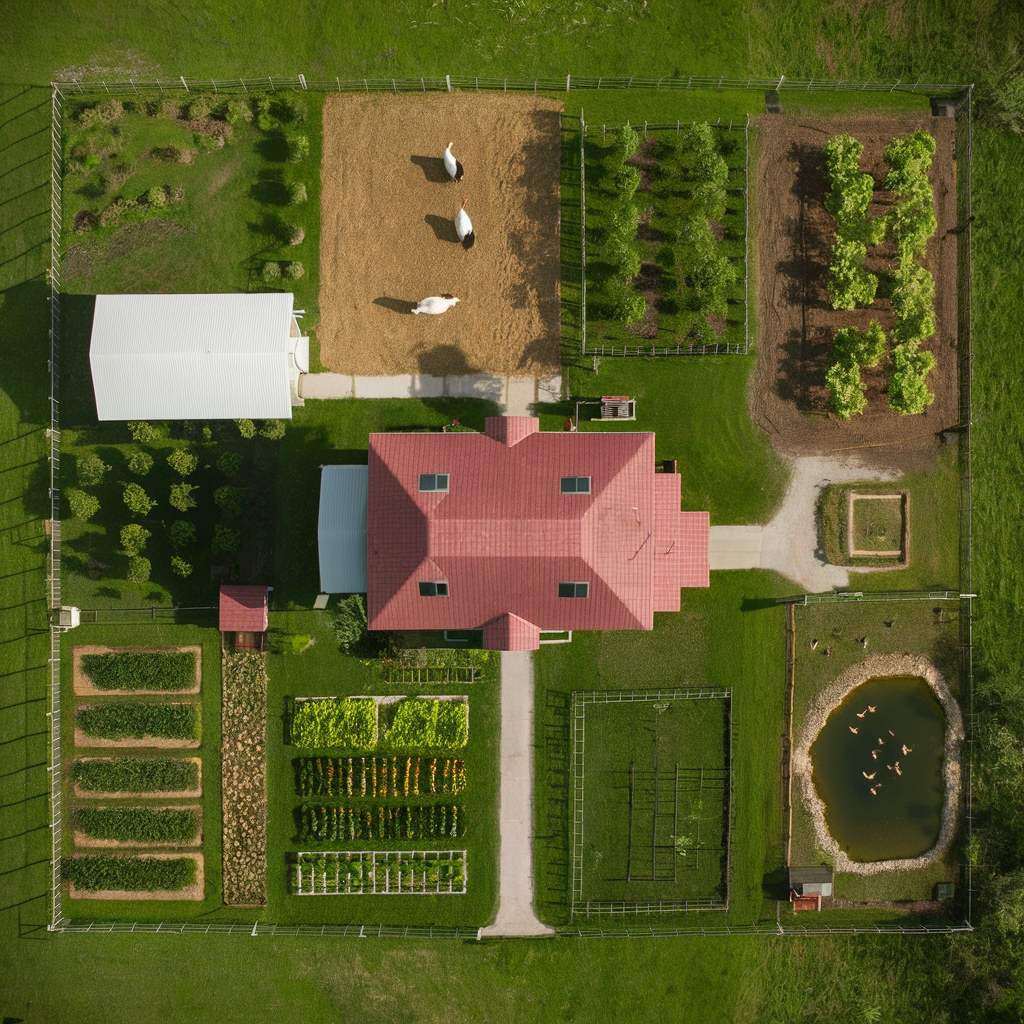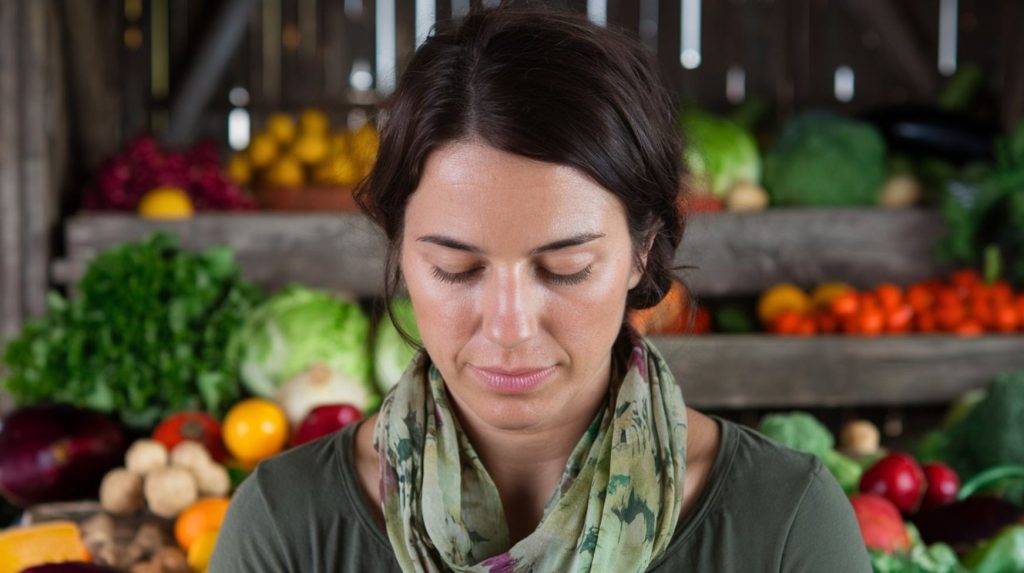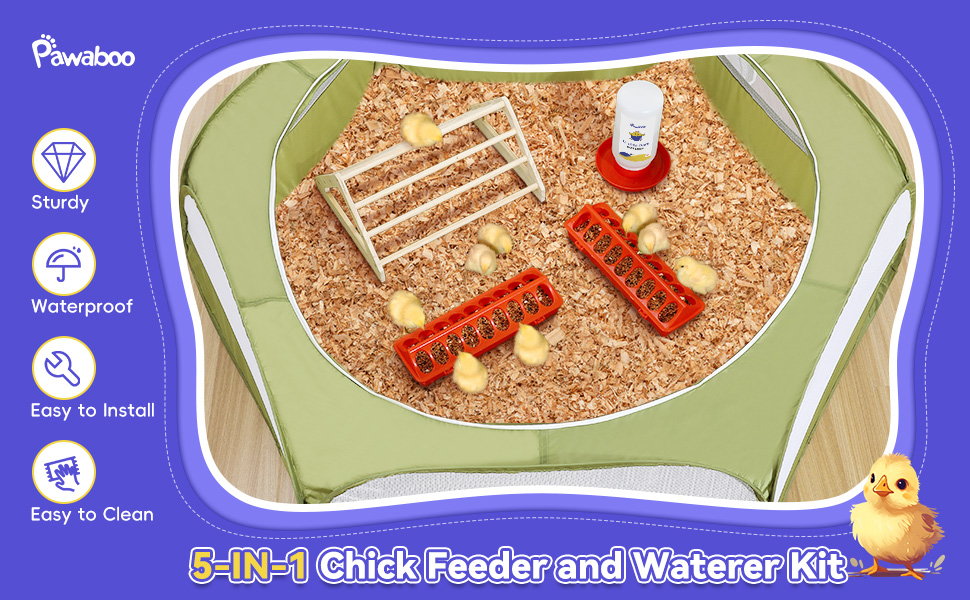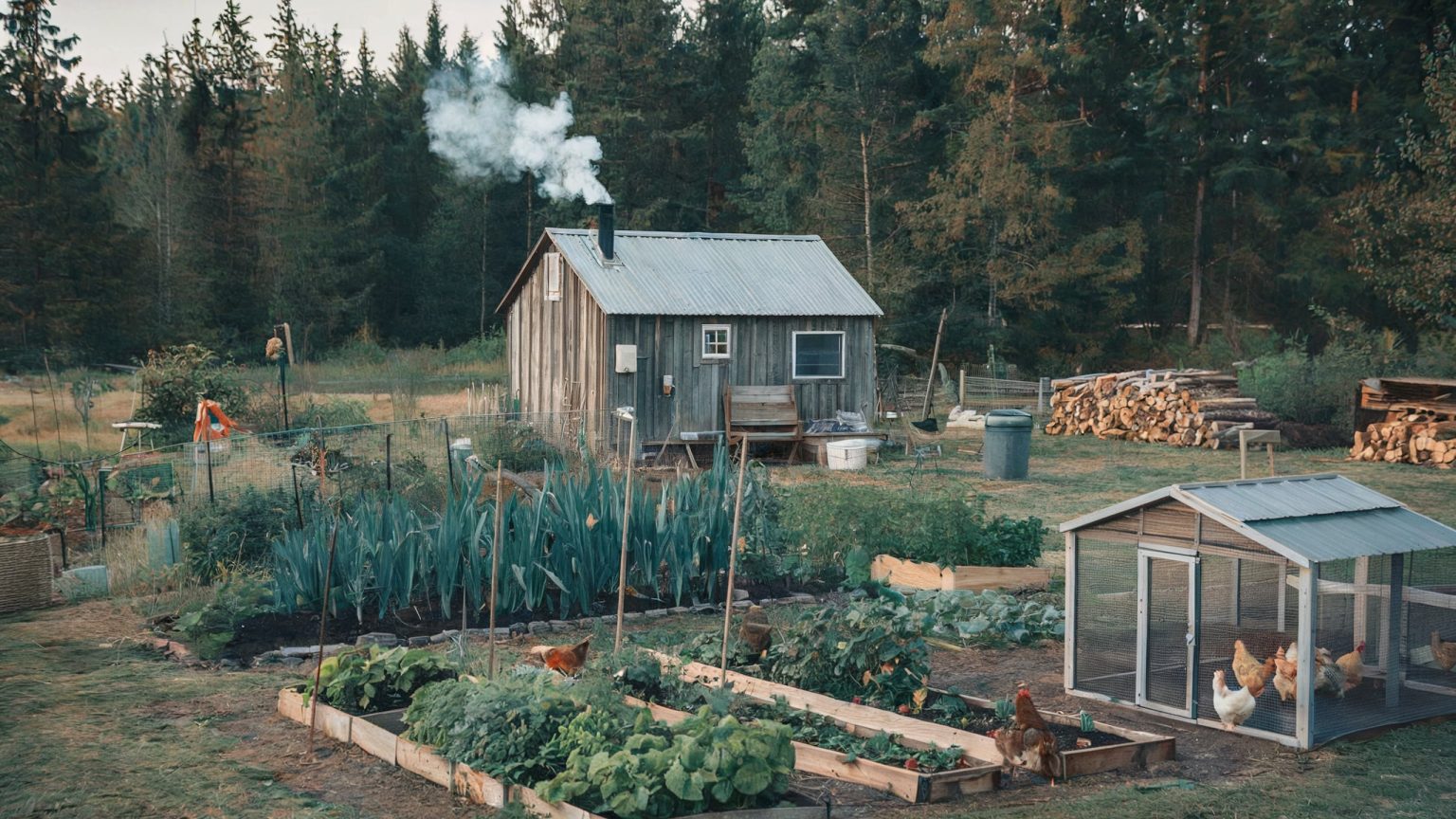Homesteading is more than just a lifestyle; it’s a return to self-sufficiency, sustainability, and an intimate connection with the land.
In an era dominated by fast-paced technology and convenience, many individuals are drawn to the slower, more purposeful life that homesteading offers. It’s about reclaiming the skills our ancestors once relied on—growing your own food, raising livestock, and crafting household goods from scratch.
Whether you’re on a sprawling rural property or making the most of an urban backyard, the homesteading movement is adaptable to your lifestyle. It’s about simplifying, living intentionally, and becoming more self-reliant and resilient to economic conditions beyond our control.
This article will give a broad overview of the key aspects to successful homesteading for beginners. Most importantly, homesteading involves a never-ending mission to continuously upgrade your tools and your skills, but you need to start from the very beginning.
We sincerely hope that we can encourage you to begin your journey slowly and methodically so that you reap the long-term rewards of this powerful lifestyle choice.
Finding the Perfect Land for Your Homestead
When starting your homesteading journey, one of the first—and perhaps most important—decisions you’ll make is where to set up your homestead. The land you choose will directly impact the success of your homesteading efforts.
If you’re looking to settle in a rural area, consider factors such as soil quality, water sources, and the potential for growing crops or raising animals. For urban homesteaders, the space you have will dictate whether you’re focusing on container gardening, vertical farming, or keeping chickens in your backyard.
Another critical consideration is zoning laws. Some areas, especially urban settings, have restrictions on what types of farming or livestock are allowed. Be sure to check local regulations before committing to your new homestead.
Whether you opt for a cozy urban garden or acres of farmland, the key is choosing land that aligns with your goals and long-term vision.
Planning Your Homestead Layout

Just like any successful venture, a well-thought-out plan is essential for homesteading. When designing your homestead layout, prioritize efficiency and functionality.
A common mistake many beginners make is not giving enough thought to how all the different elements—gardens, animal pens, water sources—will interact. Group your garden near your home for easy access, and ensure your livestock have ample space and shade.
Consider pathways, toolsheds, and storage areas. You want a flow that makes everyday tasks easy and manageable.
Think about how you’ll expand your homestead as your skills continue to grow over time. Even if you’re starting small, leave room for a larger garden, additional livestock, or even a greenhouse down the line.
Planning ahead will save you a lot of headaches.
Essential Skills Every Beginner Homesteader Should Learn
Homesteading requires a range of practical skills, many of which you may not have grown up with—but don’t let that deter you. It’s a learning curve, and it’s exciting.
Here is a wonderful starting guide for acquiring basic homesteading skills as a means of preparing for what lies ahead.
Gardening, for example, is an essential skill, and knowing how to grow your own vegetables and fruits is not only cost-effective but deeply rewarding. Start with simple crops that thrive in your climate, and gradually work your way toward more challenging plants that you can use to build a full-fledged survival garden.
Raising livestock for beginners is another critical skill to build on a new homestead. Chickens, goats, or even a small herd of sheep can provide you with eggs, milk, and wool. But keeping animals requires a commitment to their well-being—understanding basic animal health, feeding schedules, and shelter needs.
Then, there’s food preservation. Knowing how to can, ferment, or dry your harvest ensures that nothing goes to waste, and you have a pantry stocked for the winter months. These skills are vital for long-term self-sufficiency.
Starting a Garden: Growing Your Own Food

Starting a garden is a cornerstone of homesteading. Whether you’re planning to grow a modest vegetable patch or aspire to integrate the principles of full-scale permaculture gardening, the process of growing your own food is an empowering step toward self-reliance.
Begin by choosing plants that are well-suited to your local climate. If you’re a beginner, easy-to-grow vegetables like heirloom tomatoes, beans, and lettuce are a great way to build your confidence.
Organic gardening practices can take your efforts to the next level. Creating a DIY compost bin, mulching, and crop rotation are all techniques that improve soil health and reduce your dependency on chemical fertilizers.
If you have limited space, raised bed gardening or vertical gardens can help maximize your growing potential.
Not only does growing your own food cut down on grocery bills, but the taste of homegrown produce is unmatched.
Building a Productive and Stable Water System
Water is the lifeblood of any homestead, and developing a sustainable water system is crucial for long-term success. To be fair, building a functional and durable water system is probably one of the most complicated aspects of homesteading for beginners.
Rainwater harvesting is an effective way to capture and store water for your garden and livestock. You can set up rain barrels or more complex collection systems depending on your needs.
The following video from Oak Abode on YouTube does an excellent job of simplifying how to get started with rainwater collection, our preferred method for long-term off-grid water independence.
Irrigation is another consideration—drip irrigation, for instance, can be a water-efficient way to keep your garden hydrated.
Consider your other water sources carefully, whether it’s a well, stream, or municipal system, and always have a plan for conserving this precious resource, especially in dry seasons.
Raising Livestock: Where to Begin
Raising animals is one of the most rewarding aspects of homesteading, but it can also be among the most challenging.
Start small with chickens or rabbits if you’re new to livestock. Chickens are particularly low-maintenance and provide both eggs and meat. One easy way to get started is with a 5-in-1chick starter setup.

Goats are another popular choice for their milk, which can be used to make cheese, yogurt, and soap.
When caring for livestock, it’s important to understand their basic needs—proper feeding, shelter, and health care. Many animals will require protection from predators, so sturdy fencing is essential.
Livestock can also improve your homestead’s sustainability; for example, chickens can help till the soil, while goats and pigs can clear brush.
Homesteading on a Budget: Frugal Living Tips
Homesteading doesn’t have to be expensive. In fact, one of the primary appeals is that it allows you to live frugally and reduce your dependence on consumerism.
Many homesteaders find joy in DIY projects that save money, from building their own chicken coops to repurposing materials for garden beds and even creating rustic farmhouse decor.
The YouTube channel name “Frugal Off Grid” says it all. Here are 10 Cheap and Easy Off-Grid DIY Projects that will help you get motivated to embrace becoming a minimalist and finding cost-effective solutions for your homestead.
You can often find second-hand equipment, tools, and supplies at local markets, online communities, or farm auctions. Growing your own food, making your own cleaning supplies, and trading with neighbors are just a few of the ways homesteaders save money while building a more self-sufficient lifestyle.
As with any endeavor, homesteading is about making the most of what you have, using creativity to live well on a budget.
Staying Committed to the Homesteading Lifestyle
Homesteading is not without its challenges, but it is deeply fulfilling. The key to success is perseverance and a willingness to continuously learn and adapt. You may experience setbacks—failed crops, a sick animal, or equipment breakdowns—but these are opportunities for growth.
Celebrate the small victories, whether it’s your first egg from a chicken or your first harvest of the season. But always be a realist and manage your expectations!
Building a support network with other homesteaders, both online and in your community, can help you stay motivated and share valuable tips and resources, while providing encouragement if you are feeling overwhelmed.
Homesteading is a journey, and with time, you’ll find that your skills and confidence grow, allowing you to expand and diversify your homestead. Have fun leveling up, and be sure to pat yourself on the back for even the smallest of improvements!
Embrace the Journey to Self-Sufficiency
Homesteading is not just a way of life; it’s a philosophy that promotes self-sufficiency, resilience, and a connection with the natural world.
As you’ll see in this inspiring one-year time-lapse video with commentary from beginner homesteaders Mickayla and Taylor from Calico Cow Acres on YouTube, no one should tell you that homesteading is easy. The reward is in the constant journey toward independence and self-improvement.
Whether you’re growing your first garden, building a chicken coop, or preserving your harvest for the winter, every small step brings you closer to full independence.
The beauty of homesteading lies in its flexibility—no matter your space, budget, or skill level, there is always something new to learn and try.
So take that first step, embrace the challenges, and enjoy the journey of creating a homestead that nourishes both body and soul.
Share this article with a homesteader you know! Grow, Raise, and Preserve with us on social media!
See Our Latest Posts
- Simple Recipes for DIY Herbal Salves and Balms
- Delicious One-Pot Homestead Meals from Pantry Staples
- 5 Best Meat Dehydrators for DIY Jerky on Amazon (2025)
- Urban Homestead Hacks from Backyard to Balcony
- Creative Strategies for Frugal Homesteading
Write A Guest Post For Us!
Are you passionate about gardening, raising livestock or preserving food? We’re excited to announce that we’re now accepting guest posts for all aspects of homesteading!

